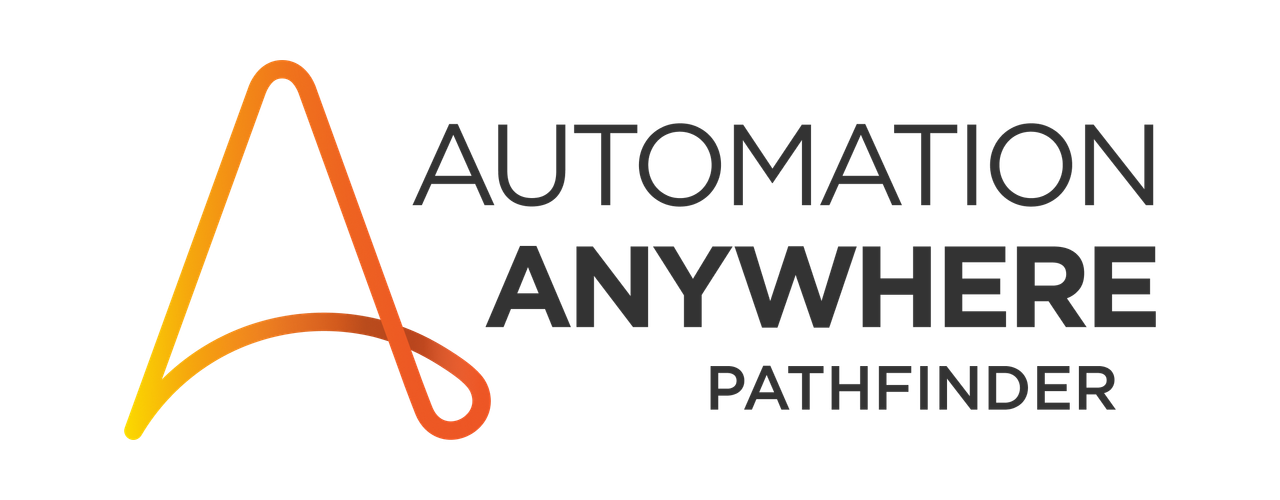Problem Statement
In the utilities industry, the Meter-to-Cash (M2C) process involves several steps, including meter data collection, validation, billing, and customer communication. This process is essential for accurate billing and revenue management. However, the traditional approach relied heavily on manual tasks such as data extraction from multiple systems, identifying exceptions, generating usage reports, and personalizing customer communications. Challenges included:
- Frequent billing errors due to manual data validation
- Inconsistent anomaly detection, resulting in revenue leakage or incorrect charges
- Lack of personalized energy consumption insights for customers
- Increased operational costs and time-consuming exception handling
Solution Overview
To streamline the Meter-to-Cash process, we implemented an end-to-end intelligent automation solution using Automation Anywhere and Google Cloud Vertex AI. The solution integrates with smart meter systems to automate data collection, validation, anomaly detection, and billing generation. Additionally, Vertex AI is leveraged to analyze consumption patterns, predict anomalies, and generate personalized recommendations for customers.
Implementation Considerations
1. Data Integration and Collection:
- System Integration: The bot connects to the Advanced Metering Infrastructure (AMI) and Meter Data Management System (MDMS) via APIs to collect real-time meter readings.
- Batch and Real-Time Processing: The bot supports both batch processing (scheduled data retrieval) and real-time streaming for high-priority meters.
- Data Standardization: The bot ensures all incoming data is standardized (e.g., converting kilowatt-hours to appropriate billing units).
2. Data Validation and Anomaly Detection:
- Automated Rule-Based Validation: Business rules are applied to validate readings (e.g., zero consumption for active meters, unusual spikes compared to historical usage).
- Predictive Anomaly Detection: Vertex AI’s machine learning models analyze historical consumption patterns to predict anomalies such as meter tampering, faulty equipment, or abnormal consumption. Anomalies are flagged and escalated for investigation.
- Confidence Score Assignment: Each anomaly is assigned a confidence score indicating the likelihood of an issue, helping prioritize investigation efforts.
3. Exception Handling Workflow:
- The bot triggers an automated workflow to notify the billing team of flagged exceptions.
- It categorizes exceptions into predefined buckets (e.g., high-priority anomalies, suspected meter failure) and suggests corrective actions based on historical resolutions.
4. Billing Summary and Report Generation:
- Dynamic Report Creation: The bot generates customer-specific billing reports using structured templates, with real-time data pulled from validated readings.
- Energy Efficiency Insights: Leveraging Vertex AI’s natural language processing (NLP) capabilities, the bot generates personalized energy-saving recommendations. These insights include trends, peak usage periods, and tips to reduce consumption.
5. Customer communication and notifications:
- The bot sends automated, personalized emails or SMS messages to customers with their usage summaries, anomaly explanations, and actionable insights.
- Multilingual support ensures communications are localized for different customer segments.
Key Benefits
- Increased Billing Accuracy: Automating data validation and using machine learning for anomaly detection significantly reduces errors in customer invoices.
- Improved Anomaly Detection: The predictive model identifies anomalies that traditional rule-based systems would miss, reducing revenue leakage and improving fraud detection.
- Reduced Billing Cycle Time: Automation accelerates the entire Meter-to-Cash process, allowing the organization to issue timely and accurate bills.
- Enhanced Customer Experience: Personalized energy insights help customers make informed decisions about their energy usage, increasing customer satisfaction and engagement.
- Scalable Solution:The architecture supports scalability to manage growing volumes of meter data without compromising performance or accuracy.
- Regulatory Compliance: Automated audit trails ensure compliance with industry regulations and facilitate transparent billing practices.
- Cost Savings:Reduced manual intervention and error correction result in significant operational cost savings.
What I Learned
- Integration with Meter Data Management Systems (MDMS): I gained hands-on experience integrating RPA with MDMS and AMI systems to extract and validate data in real time.
- Predictive Anomaly Detection with Vertex AI: This project allowed me to understand how machine learning models can be trained and deployed to detect patterns in energy consumption, enhancing the anomaly detection process.
- Generating Dynamic and Personalized Reports: Using Google Cloud’s NLP capabilities, I learned to create custom, customer-centric reports that provide meaningful insights and enhance communication.
Conclusion
The integration of RPA and Google Cloud Vertex AI transformed the Meter-to-Cash process by automating data collection, validation, and billing generation while enhancing anomaly detection and customer communication. The solution not only improved operational efficiency and billing accuracy but also enabled the utilities provider to deliver a better customer experience. This project demonstrates how intelligent automation can address critical challenges in the utilities sector and create long-term business value.
Vatsal Mehta, Co-Founder & CEO at HEDEHI Solutions Private Limited




